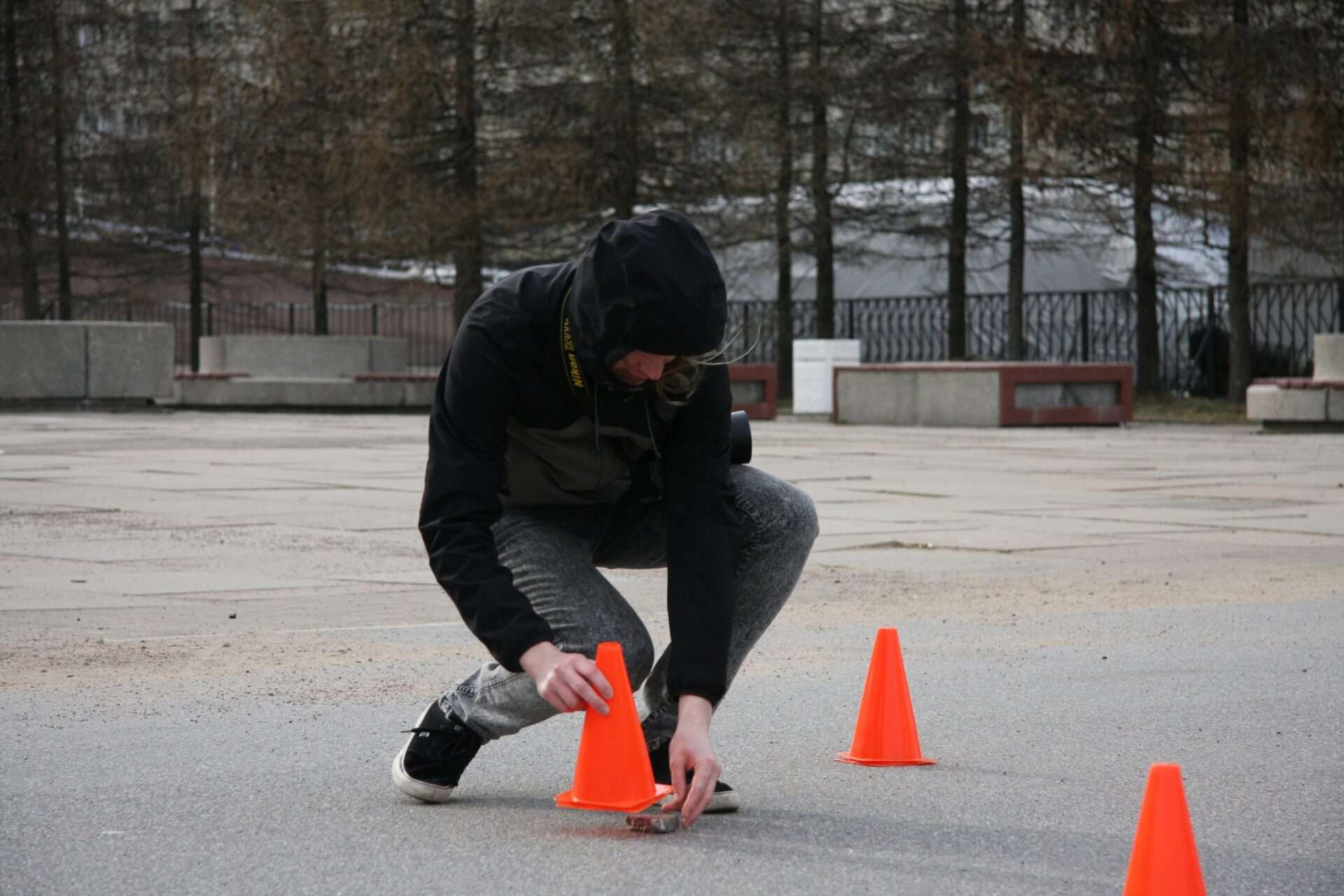Mastering Running Drills for Optimal Performance
Running drills are the secret weapon of elite athletes, offering transformative benefits for runners at all levels. When executed properly, these targeted exercises improve biomechanics, reduce injury risk, and enhance running economy.
Key Benefits of Running Drills
- Reduce injury risk by 23% through improved biomechanics
- Enhance running economy by up to 8%
- Develop neuromuscular coordination for smoother movement
- Strengthen running-specific muscle groups
Essential Running Drill Categories
Form Drills
These establish proper movement patterns:
- A-Skips: Develop knee drive and arm swing coordination
- High Knees: Improve running posture and hip flexor strength
- Butt Kicks: Enhance hamstring flexibility and foot recovery
Power Drills
Build explosive strength:
- Bounding: Increases stride length and power
- Strides: Develops speed and turnover rate
- Hill Sprints: Builds strength and running-specific power
Coordination Drills
Improve movement efficiency:
- Carioca: Enhances lateral mobility and hip flexibility
- Backward Running: Develops balance and proprioception
- Single-Leg Hops: Improves stability and force absorption
Optimal Drill Execution
Proper Technique Guidelines
Key form elements for all drills:
- Maintain tall posture with slight forward lean
- Keep arms at 90° with relaxed shoulders
- Land midfoot with foot under center of mass
- Focus on quick ground contact
Recommended Training Protocol
| Level | Frequency | Duration | Recovery |
|---|---|---|---|
| Beginner | 1-2x/week | 10-15 min | Walk back recovery |
| Intermediate | 2-3x/week | 15-20 min | Jog back recovery |
| Advanced | 3-4x/week | 20-30 min | Standing recovery |
Common Form Errors to Correct
Upper Body Mistakes
- Crossing arms over midline (wastes energy)
- Hunched shoulders (restricts breathing)
- Over-rotation (reduces forward momentum)
Lower Body Mistakes
- Overstriding (increases braking forces)
- Excessive vertical oscillation (wastes energy)
- Inactive foot recovery (reduces stride efficiency)
Progressive Training Plan
4-Week Beginner Program
- Week 1: 3x50m each: High Knees, Butt Kicks, Walking Lunges
- Week 2: Add A-Skips and Carioca
- Week 3: Introduce Bounding and Strides
- Week 4: Combine all drills into circuit
Video Analysis Protocol
Optimal Recording Setup
- Film from multiple angles (front, side, rear)
- Use slow-motion mode (240fps ideal)
- Record on both hard and soft surfaces
Key Analysis Points
- Foot strike pattern
- Arm swing mechanics
- Hip and knee extension
- Upper body posture
Conclusion
Consistent running drill practice creates lasting improvements in form, efficiency and injury resistance. By incorporating these exercises 2-3 times weekly with proper technique, runners can expect to see measurable performance gains within 4-6 weeks. Remember – quality of execution always trumps quantity when it comes to effective drill work.
Frequently Asked Questions
How soon will I see results from running drills?
Most runners notice improved running economy within 3-4 weeks of consistent drill practice (2-3 sessions weekly).
Should I do drills before or after my run?
For form improvement: do drills after warm-up but before main run. For neuromuscular conditioning: do as separate session.
Can I substitute drills for strength training?
Drills complement but don’t replace strength training. Combine both for optimal performance and injury prevention.



